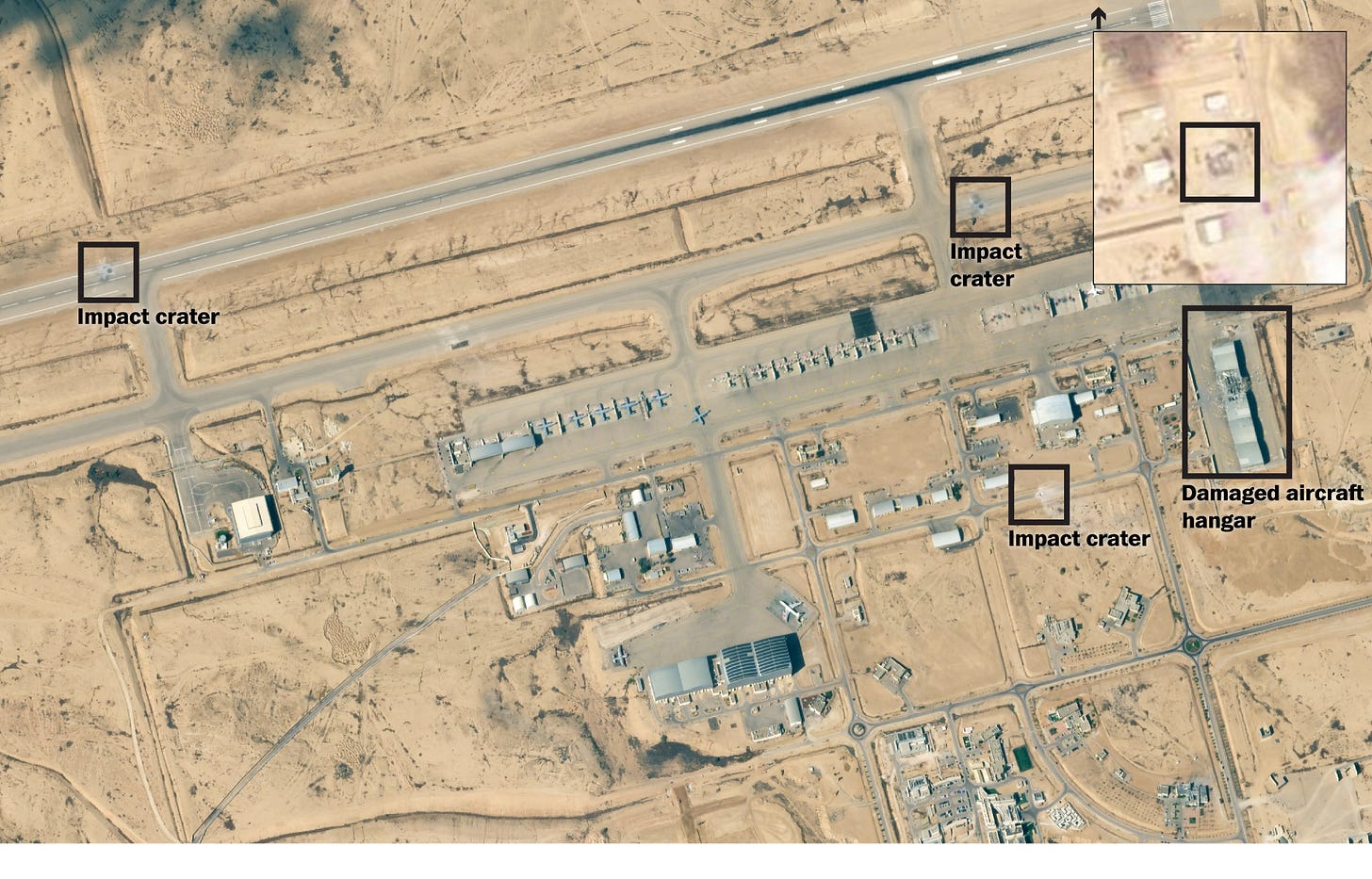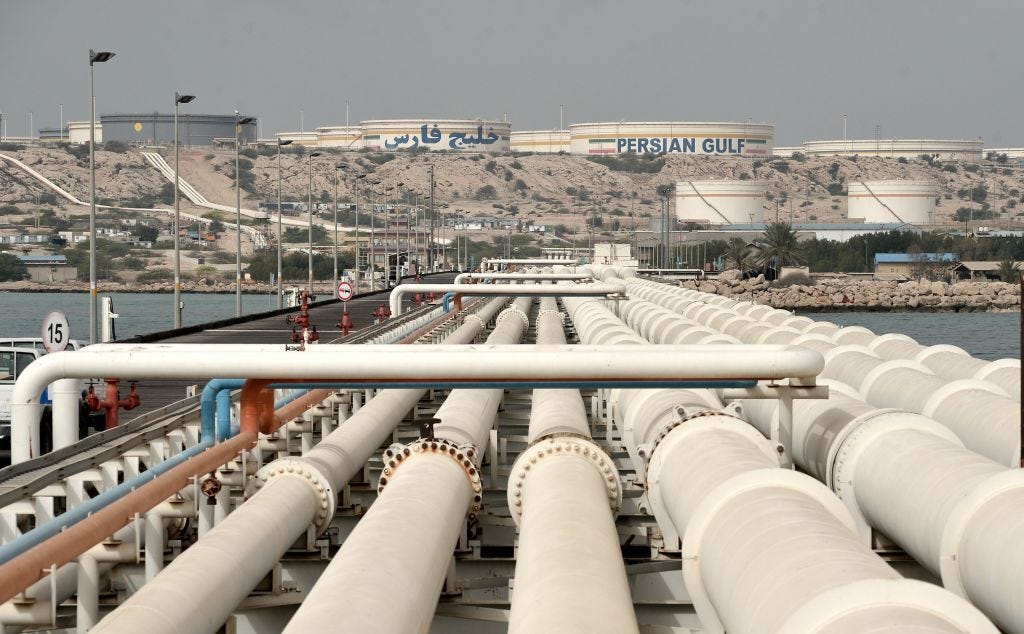October Surprise
What the Iranian missile attack on Israel will likely mean for the energy markets.
“Strategy requires thought, tactics require observation.” – Max Euwe
On October 1, 2024, we observed with some disbelief both the scale and effectiveness of the Iranian missile strike on Israel. While we are not military experts, the website-we’ll-always-call-Twitter was replete with amateur footage of what certainly appeared to be missiles striking targets, mostly unimpeded by air defense systems. To be sure, some projectiles were shot out of the sky, but dozens seemed to be getting through. If confirmed, we knew immediately this would be a game-changer, but for reasons few were articulating.
Initial reports from Western news outlets played down the potency of the attack, with some sources claiming that virtually all inbound missiles were destroyed. Others asserted that a small number were purposely allowed through because the Israelis knew the missiles would miss their targets. For all its faults, Twitter still excels at exposing its users to raw footage of developing events, and any unbiased observer knew immediately and definitively such spin was false. Three days after the strike, the Washington Post—a newspaper whose reporters have a few sources among US intelligence—conceded the undeniable:
“At least two dozen long-range Iranian ballistic missiles broke through Israeli and allied air defenses on Tuesday night, striking or landing near at least three military and intelligence installations, according to a review of videos and photos of the attack and aftermath.
Videos verified by The Washington Post showed 20 missiles striking the Nevatim air base, in the southern Negev desert, and three striking the Tel Nof base, in central Israel. Analysts told The Post the visuals were consistent with direct impacts on the bases rather than debris from intercepted missiles. Other videos showed that at least two missiles landed near Tel Aviv in Cinema City Glilot, Hod Hasharon, close to Israel’s Mossad spy agency headquarters, leaving at least two craters.”
As the world awaits Israel’s response to the attacks, oil prices have been quite volatile. The main fear spooking the market is the worry that Israel might target Iranian energy facilities, inviting further escalation. Here’s how The New York Times framed it:
“As the world absorbs the prospect of an escalating conflict in the Middle East, the potential economic fallout is sowing increasing alarm. The worst fears center on a broadly debilitating development: a shock to the global oil supply…
The possibility of this calamitous outcome has come into focus in recent days as Israel plots its response to the barrage of missiles that Iran unleashed last week. Some scenarios are seen as highly unlikely, yet still conceivable: An Israeli strike on Iranian oil installations might prompt Iran to target refineries in Saudi Arabia or the United Arab Emirates, both major oil producers. Iranian-supported Houthi rebels claimed credit for an attack on Saudi oil installations in 2019. The Trump administration subsequently pinned the blame on Iranian forces.”
In our view, such concerns underappreciate the potential strategic consequences of the Iranian missile strikes. The odds of a major escalation—especially attacks on Iranian oil infrastructure—have gone down, not up. We have an admittedly contrarian explanation, but one that leads us to expect tensions will hold steady in the coming weeks and months. Let’s dig into the specifics.



